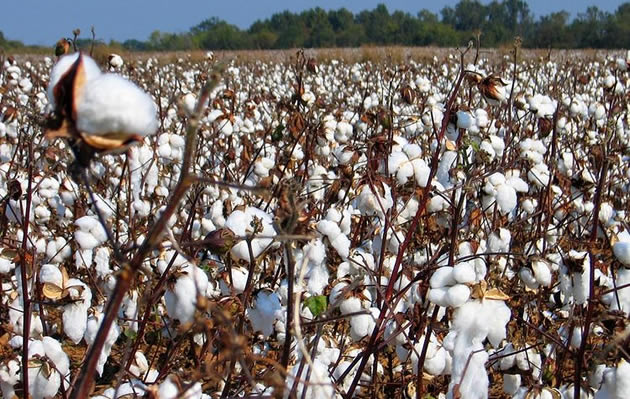Cry our beloved cotton farmers!


Zimbabwe’s cotton yields struggling to beat 0, 6 tonnes per hectare from a population 17 000 plants per hectare
Obert Chifamba
They may be as adept as any other farmers in terms of growing any crops but their biggest undoing is that they don’t have a lot of control over what they grow and produce.I am talking here of our hard working producers of the white gold – cotton. Essentially, they don’t own their product and cannot negotiate a price for it, come marketing time.It has become a predictable actuality that they open every marketing season with a price war with ginners usually with them demanding that ginners first meet adjustment payments for the previous season before they (farmers) can deliver a new crop.
Yet this never happened in the not-too-distant past, as it was known that after paying an interim grade D price for all the cotton, ginners would then follow up with an adjustment payment after the final grading, which now is happening erratically or may not even happen at all.
Then, things were properly synchronised and both parties actually looked forward to the marketing season. Marketing seasons were very rewarding and national yields in the range of 300 000 tonnes were recorded at some point.
These yields have today plummeted to as low as below 35 000 tonnes, a sure sign that the industry is dying a slow but painful death that will leave many licking bruised egos and cursing the day they started flirting with the crop.
Production declined by at least 34 percent from 136 000 tonnes in the 2013 /2014 season to 90 000 tonnes in the 2014 /2015 season due to a myriad of challenges.
This was the second lowest crop in the last two decades after 60 000 tonnes was harvested in the 1991 /92 season also due to severe drought conditions.It is also projected that yields for the 2016 /17 season will drop to 32 000 tonnes signalling a more downward spiralling.
Droughts have not much say in this drop in yields if you were to ask any farmer. Farmers believe it is the price that ginners are offering that is discouraging farmers from growing cotton.Last year, ginners paid an interim price of $0,30 per kilogramme for grade D cotton, and promised to later pay an adjustment later based on grades.
Contractors and ginners on the other hand argue that it is the international prices of lint, which are going down year-by-year that are forcing farmers out.
They also argue that the policy environment is not supportive to cotton production, as it is failing to instil confidence into the private sector and the local value chain that should borrow from financial institutions to sustainably fund the crop through contract arrangements, as was the case in the past.
Of course their concerns have some credibility – most of the time Government intervenes in the wake of a dispute and sets a price to which ginners have no input.Usually prices set by the law look at what is best for the farmers because they are deemed the more vulnerable party in the contract arrangement so the contractor is left exposed to lending institutions after failing to recover enough to settle their loans.
The contractors’ capacity to fund a new season is subsequently eroded forcing them to accommodate less numbers than in previous arrangements, which discourages investment in the sector by the private sector.
In future if Government is to intervene to save the farmers, it is necessary to involve the quarrelling parties in the process of setting up a new price.Traditional contractor, Cargill has since moved to neighbouring Zambia after reportedly condemning Zimbabwe as a bad destination for investment.
There used to be 18 registered contractors but the figure has since dwindled to eight and these are utterly failing to cater for the 350 000 or so cotton farmers that need assistance yearly.
The little funding that is there has seen Zimbabwe’s cotton yields struggling to beat 0, 6 tonnes per hectare from a population 17 000 plants per hectare while other cotton farming countries score something in the region of 4000 tonnes per hectare from between 45 000 to 50 000 plants per hectare.
The cost of production is another thorny issue where a bag of fertiliser costs $35 or $40 and yet in other countries it is cheaper. Government may need to consider subsidies for this sector. It is however refreshing to note that last year Government established the Cotton Company of Zimbabwe to try and bring back the glory of the past in the cotton industry.
From a wayfarer’s point of view, it may be sensible to conclude that farmers may only return to the happy old days once the local textile industry to which they can sell their produce becomes functional and avoid the ginners who later export it. This current scenario is leaving both the farmers and the whole value chain in a very precarious position business wise.
Feedback: [email protected]









Comments